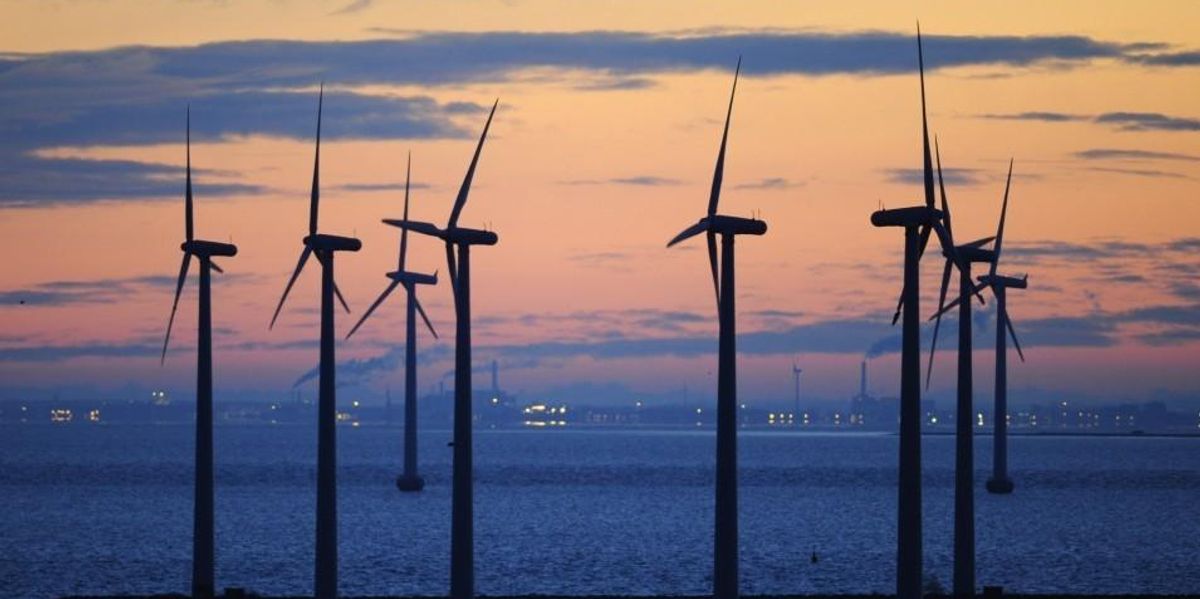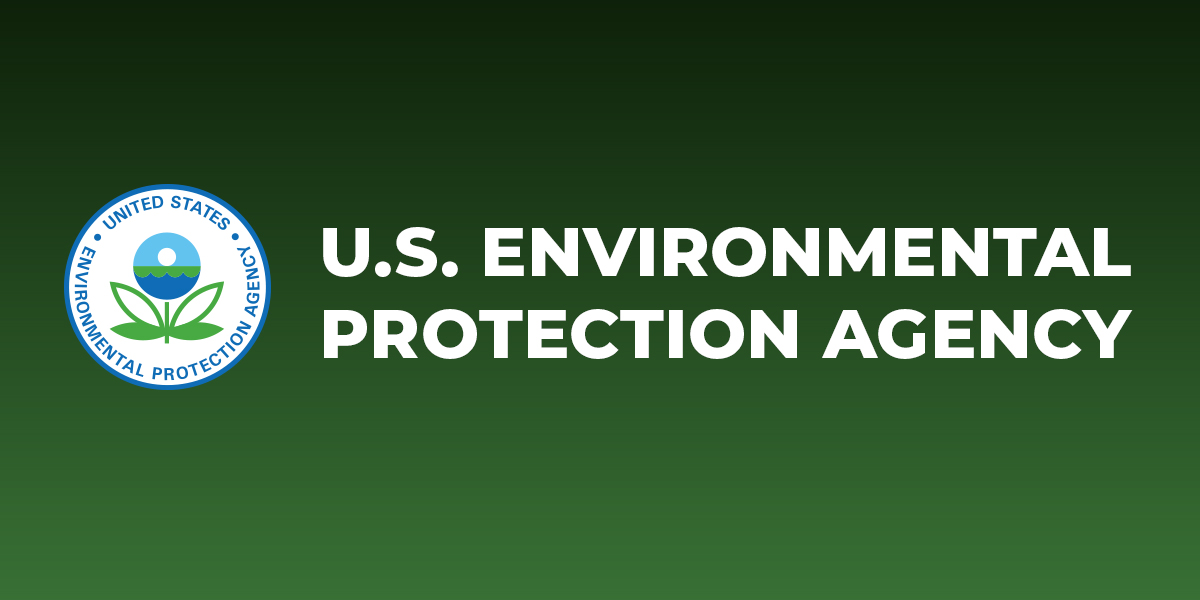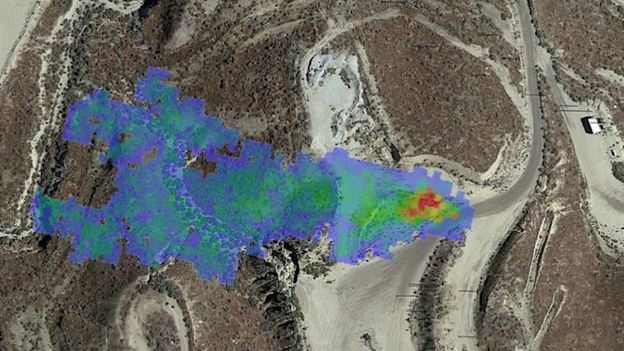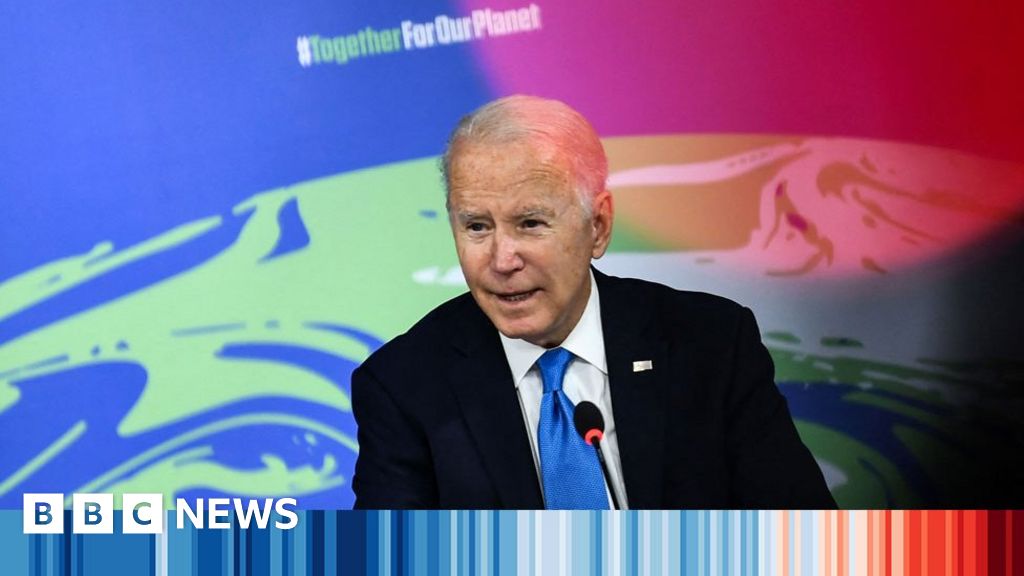- Joined
- Jul 11, 2012
- Reaction score
- 101
How many years or decades should we expect a full transition to renewable energy to take? People say the transition will be painful. How much pain should we expect?

 www.commondreams.org
www.commondreams.org
Yea!!During spring, when the sunshine is strong but temperatures are cool, California's daytime electricity generation approaches 90% renewables.

20% renewables by 2020 (and 40% gas) is fairly poor given the resources of the US. There are plenty of countries that I could name that have had a strong majority of low carbon energy in their electricity grids for many years.
.It is good news on coal but the graph shows that much of it was replaced by natural gas. Natural gas is mostly burning methane to produce CO2. When the methane leaks it is even worse for climate changing than burning it. By some estimates, natural gas is almost as bad as coal for climate change once these leakages are accounted for. It turns out that replacing coal with gas to fight climate change was mostly yet another scam/exaggeration pulled by fossil fuel companies (although it is a benefit for air pollution).
I actually work as an analyst in the transport industry and I can tell you almost for sure that 50% EVs in US is likely at this point from market forces alone, so this amounts to doing nothing and allowing the planet to cook beyond 2C. I did some back of the envelope calculations earlier and this policy is not consistent with 2C. We are not going to have any coral reefs or polar ice Pacific islands nations with this kind of policy, and we might not even have a world that has such important things as the Amazon rainforest or Bangladesh.Today, August 5 2021, President Biden signed an Executive Order that, by year 2030, 50% of all new U.S. car sales must be zero emission vehicles: Biden to aim for 50% EVs by 2030 with industry support
.By some estimates, natural gas is almost as bad as coal for climate change once these leakages are accounted for. It turns out that replacing coal with gas to fight climate change was mostly yet another scam/exaggeration pulled by fossil fuel companies (although it is a benefit for air pollution).

.I actually work as an analyst in the transport industry and I can tell you almost for sure that 50% EVs in US is likely at this point from market forces alone, so this amounts to doing nothing and allowing the planet to cook beyond 2C. I did some back of the envelope calculations earlier and this policy is not consistent with 2C. We are not going to have any coral reefs or polar ice Pacific islands nations with this kind of policy, and we might not even have a world that has such important things as the Amazon rainforest or Bangladesh.
In my view, this more or less joint announcement with car companies today announcing that he is suggesting a non-binding target for what they were already planning to do anyway is just about the darkest day of his Presidency so far from a climate change perspective. It's the firmest signal yet that he's going to be yet another failure as a leader on climate change, which is a shame, at one stage he was promising more but he doesn't seem able to get much through the senate because of the Republicans.
I have to go now, but if someone could post some pictures of cute bunnies to even out the depressing nature of my posting, that would be handy.
I promise I won't reply to point out that the cute bunnies are at risk of dying from climate change. Bunnies can run really, really fast so they might be OK.
.I actually work as an analyst in the transport industry and I can tell you almost for sure that 50% EVs in US is likely at this point from market forces alone, so this amounts to doing nothing and allowing the planet to cook beyond 2C. I did some back of the envelope calculations earlier and this policy is not consistent with 2C.


To see discussion about how leakages of methane increased the total carbon footprint and takes away the supposed advantaqe vs coal, you can see here: Methane Leaks Erase Some of the Climate Benefits of Natural Gas
